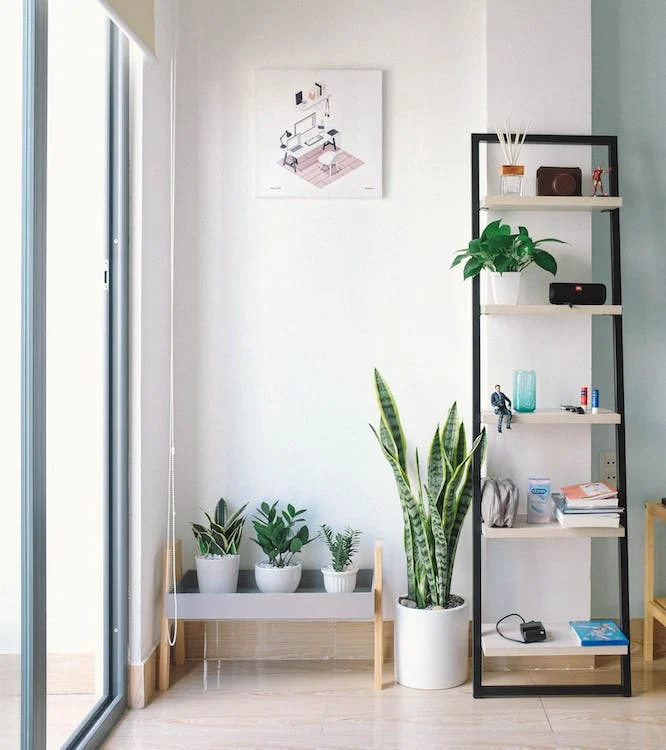During cold winter months, the low humidity becomes an issue in many homes. Indoor air becomes dry and causes a lot of problems like allergies, dry and itchy skin, cracked lips, nosebleeds, static shock and an uncomfortable night’s sleep. Using humidifiers is an easy solution to bring moisture to the air, but it can be costly. Also, its consumption of energy from all-day use can cause a significant increase on the cost of your electricity bills. Before considering buying an expensive humidifier, try thirst these easy ways to add moisture to your home:
1. Place some greenery
Plants don’t only freshen your air and beautify your interior – they also increase moisture in the air through transpiration. When plants are watered, moisture travels through the plant from the roots to the pores on the underside of the leaves. The moisture released by the plants increase the humidity in a room. A type of plant which is popular for its humidifying abilities is the Boston fern.
To make houseplants effective, you don’t need a lot of them; you just need to place a couple of plants or a small cluster of them on every room. Also, it will only work if you keep them well-watered regularly. A dry air would be tough on the plants if you don’t keep them watered.
2. Cook on the stovetop
Make use of your electric stovetop more often during dry winter days. If there are recipes that can be cooked on either the oven or stovetop, choose to cook on the latter. Using the oven also has a tendency to dry out the air, but using the stovetop adds moisture. You can also use the stovetop to heat your food rather than using the microwave. But if you’re not cooking, you can moisture the air by boiling water on a low setting. If you want a nice aroma, add citrus peels or cinnamon to the water.
3. Leave the door open when you shower
Whenever you take a nice, steamy and hot shower, leave the bathroom door open to release an extra moisture to the air in the surrounding areas and rooms (Just be more careful if you have roommates!). Remember to keep the air vents in the shower off while you do it because they suck up most of the steam. But if you’re more of a bath person, don’t drain the tub immediately after you’re done. Instead, wait for the water to cool to bring a little humidity to the air before you drain it. However, leaving bath water unattended is not recommended if you have small children in the house.
4. Air dry clothes
Get yourself an indoor clothes drying rack if you don’t have one and hang your newly washed clothes in there, rather than using the dryer. Drying will take a longer time, but the moisture the wet clothes can provide will be effective in increasing the humidity level inside your parched home. Plus, it adds the fresh scent of laundry all throughout the room. Try placing a small rack for every room, or have a large one placed in a center area. Do this when you’re not expecting guests in your home.
5. Place dishes of water near heat sources.
This is the most effective humidity-boosting tip – place metal or ceramic bowls with water on or near heat sources. If you’re using a furnace, place a few bowls filled with water on any open floor vents. If you’re using a radiator, place the water-filled bowls on top of them. The heat will make the water evaporate, which will create a decent level of moisture and humidity to the air. You may be surprised to see how much water will be released when the furnace is on full tilt.
6. Place vases with water on window sills.
Just like the earlier idea, let water evaporate to help humidify your home. In this case, use vases and place them in window sills that gets plenty of sunshine throughout the day, to make the most out of the evaporation that can possible take place. To make it decorative as well, use clear vases and put colored marbles or stones inside.

